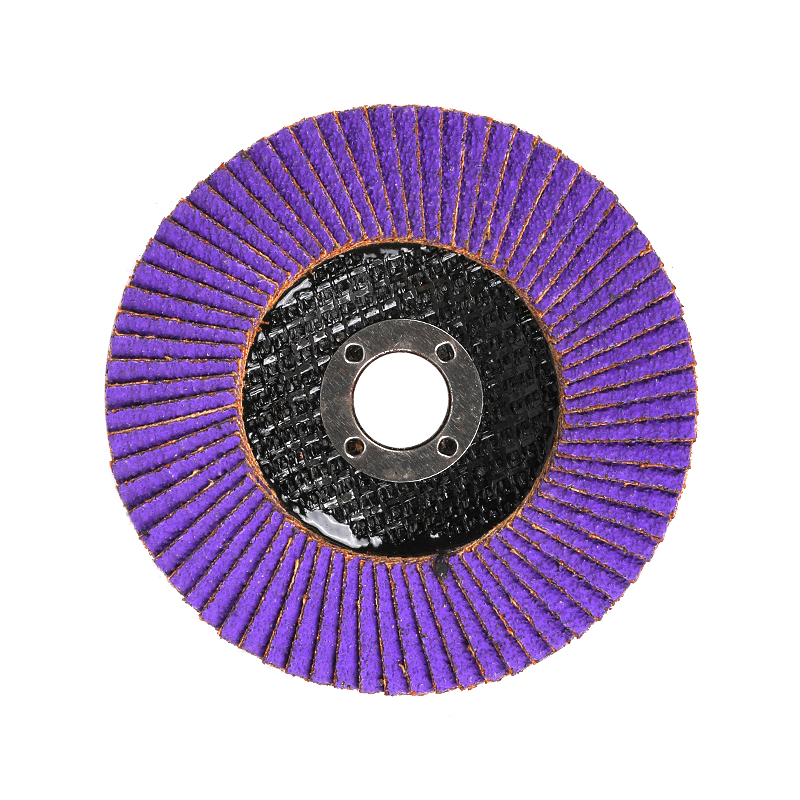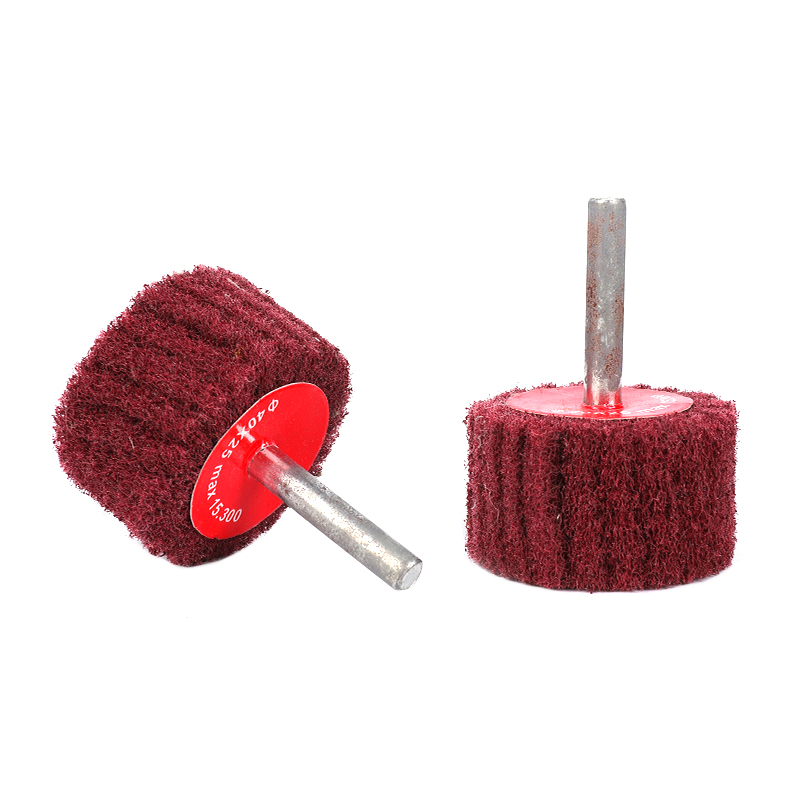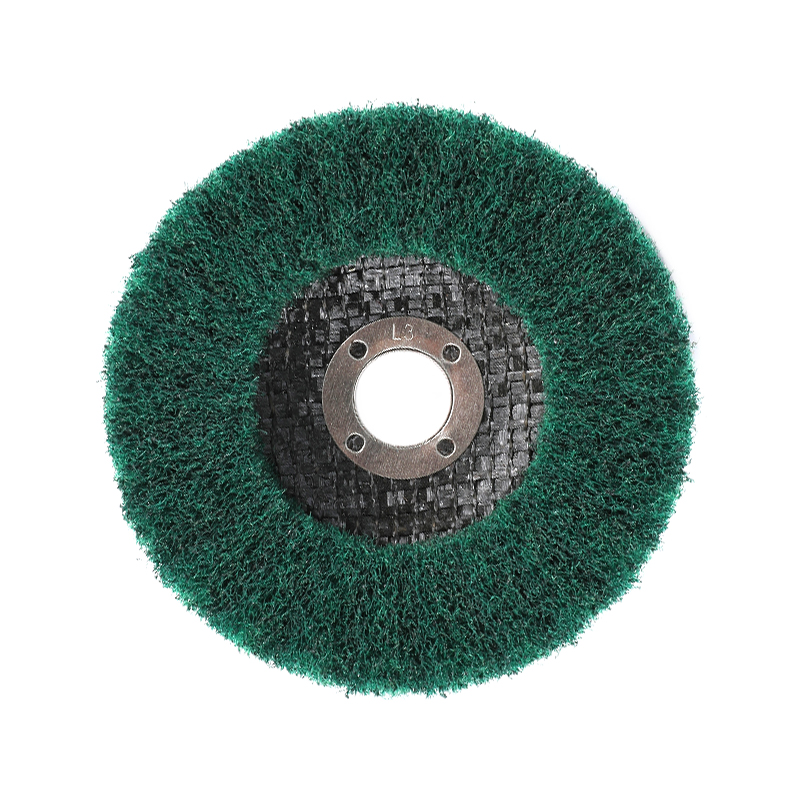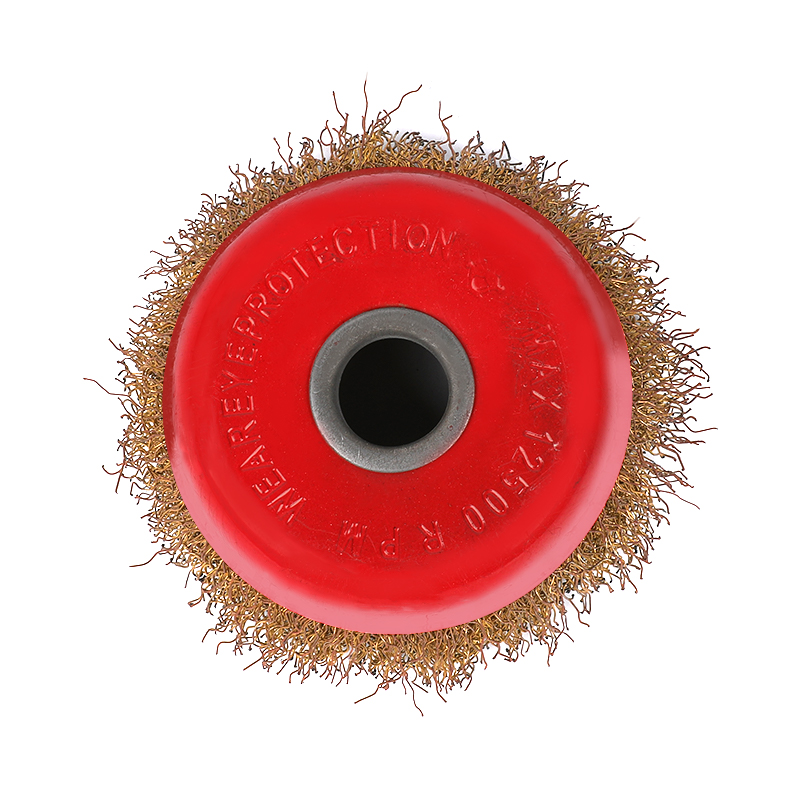How Are Alumina Grinding Wheels Tested for Precision?
 2025.11.14
2025.11.14
 Industry News
Industry News
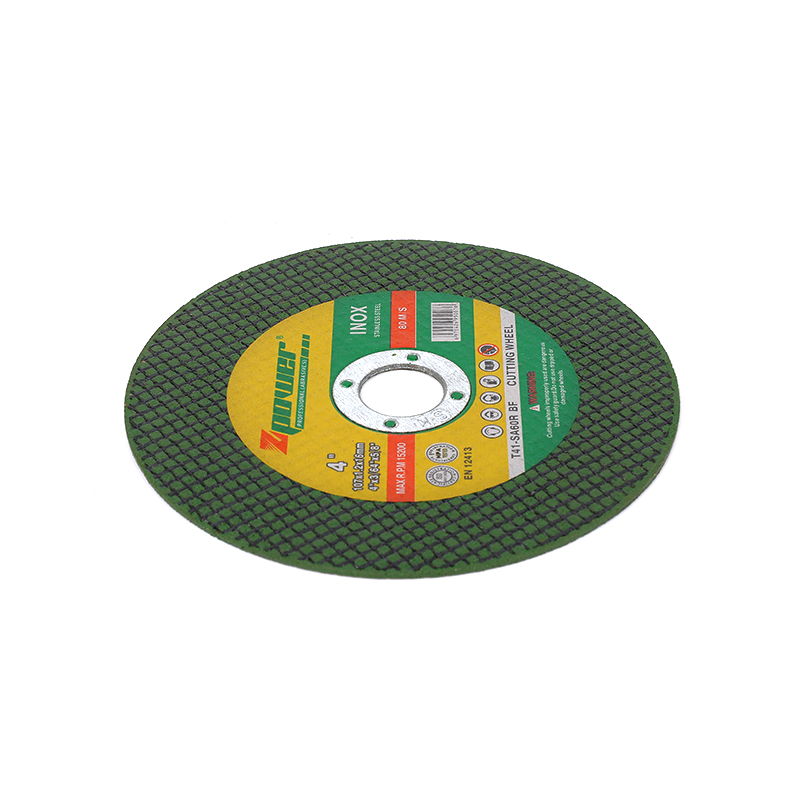
Alumina grinding wheels are essential tools in metalworking, automotive, and industrial applications. They are used for shaping, finishing, and sharpening materials, where precision and reliability are critical. For manufacturers and buyers alike, understanding how these wheels are tested for accuracy can provide confidence in their performance. Alumina Grinding Wheel Factories employ a series of tests and inspections to ensure that each wheel meets strict standards before it reaches the market.
Dimensional Accuracy
The first step in testing an alumina grinding wheel is measuring its dimensions. This includes checking the wheel's diameter, thickness, and bore size. Precise measurements are critical because even minor deviations can affect the wheel's performance and safety during operation. Alumina Grinding Wheel Factories often use calipers, micrometers, and laser measuring tools to ensure that every wheel conforms to its specified size. Consistency in dimensions is especially important for automated machinery, where incorrect wheel size can cause alignment issues or damage to the workpiece.
Balance and Concentricity
A crucial factor for grinding wheels is balance. Imbalanced wheels can cause vibrations, uneven wear, and reduced accuracy during grinding. To address this, factories conduct balance tests to measure the distribution of mass across the wheel. Concentricity is also checked to ensure that the wheel's outer surface rotates evenly around the center. Techniques such as dynamic balancing and rotation testing are applied to verify that the wheel maintains stability at operational speeds. This step is essential for both operator safety and maintaining consistent grinding results.
Hardness and Bond Integrity
Alumina grinding wheels rely on a combination of abrasive grains and bonding material to perform effectively. Testing hardness ensures that the wheel can withstand pressure during use without breaking or wearing out too quickly. Factories perform tests to verify that the bond between the alumina particles and the matrix is strong and uniform. This helps prevent premature disintegration and maintains cutting efficiency over time. Bond integrity tests often involve applying controlled stress to sample wheels to observe their resistance to cracking or chipping.
Surface Quality and Defects
Visual inspection and surface testing are key steps in identifying potential defects. Alumina Grinding Wheel Factories examine wheels for cracks, pits, or irregularities on the surface. Advanced factories may use magnification or imaging systems to detect subtle flaws that could compromise performance. Detecting surface defects early ensures that only wheels meeting safety and performance criteria are shipped to customers.
Performance Testing
Some factories go further by conducting practical performance tests. This may include trial grinding on sample materials to evaluate cutting efficiency, heat generation, and wear rate. These tests simulate real-world conditions, providing additional assurance that the wheel will perform as expected in industrial applications. Feedback from these tests may also guide refinements in production techniques to improve precision and consistency.
Alumina Grinding Wheel Factories follow a comprehensive approach to testing, covering dimensions, balance, hardness, surface quality, and performance. Each step is designed to ensure that the wheels provide reliable, precise results in demanding applications. By understanding these testing processes, buyers can make more informed decisions and have confidence in the quality of the alumina grinding wheels they purchase. Precision testing not only safeguards performance but also enhances safety and longevity, making it an essential part of the manufacturing process.

 Eng
Eng  عربى
عربى
